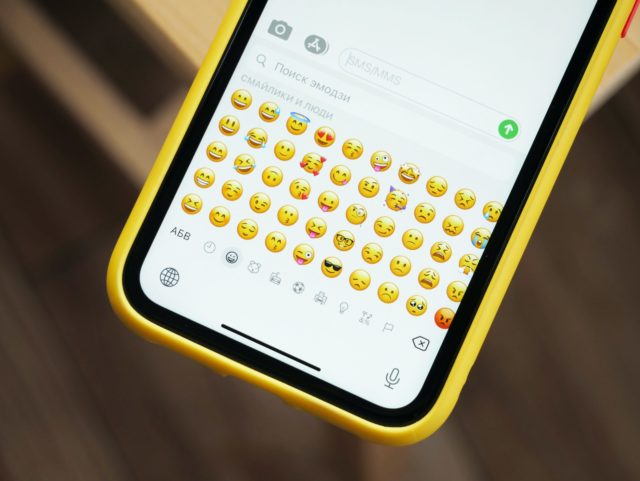Generation Z, otherwise known as Gen Z, refers to young people born between the middle of the 90s and the 2000s.
Given that they make up an increasingly relevant demographic group in modern society, it’s important to understand what makes them tick, how to catch their attention, and how to work on our targeting and communication strategies to engage them. Would you like to learn more about Generation Z?
Characteristics of Generation Z
Generation Z or so-called centennials, is the first generation to have been shaped by the digital age and grow up with the internet. They are true digital natives, so from an early age they’ve had a natural proficiency in using digital devices and social networks. This characteristic is typical of Gen Z.
What they have in common is:
- They feel comfortable and quickly get to grips with technological developments.
- They consume a wealth ofinformation online.
- They are usually good at multitasking and creative.
- They have a good command of social networks, they constantly use mobile devicesand have instant access to information.
- They prefer personalization and take an interest in diversity and inclusion.
- They’re concerned about social and environmental issues.
- They’re usuallyautonomous, independent and enterprising.
As a result, they are a unique target market with specific preferences and their own content needs. This applies especially to Gen Z.
Content for Gen Z
Are you wondering how to attract Gen Z? If you’re looking to awaken their interest, keep these principles in mind to catch Gen Z’s attention:
- Always offer authentic and relevant content, because they value authenticity above all else and only choose meaningful information.
- Foster engaging and dynamic visual communication, created with eye-catching and surprising images and videos that make an impact.
- Commit to interactivity, because it’s non-negotiable for them. They’re used to actively participating on social media and expect to interact with brands.
- Personalize your messages, as they’re looking for individualized experiences tailored to their specific tastes and needs.
In other words, Gen Z prefers social networks, instant messaging apps and short videos. They are, of course, much more visual-driven than verbal and always consume meaningful, personalized content, that matches their interests and values.
Moreover, Gen Z’s trust can only be won by being authentic and transparent, while dynamism, impact and fine-tuning to their expectations and interests are key.
Linguistic uses and impact on localization strategies for Gen Z
Gen Z is often referred to as the first generation of true digital natives. As a result, they’ve grown up being exposed to English expressions. What’s more, many have received a bilingual education. So, they usually have a good command of English and are more or less fluent in it. Many Gen Z centennials have this in common.
On the other hand, broadly speaking (and with no shortage of exceptions), gravitating towards aesthetics and intuitive experiences leads to a more casual approach to their native language. Their language is informal, conversational, heterogeneous and ever-changing, as they tend to use lots of slang, Spanglish expressions and other newly coined words.
Their speech lacks elegance although it’s flexible, ironic and even funny. Common terms they use are ‘it’s worth it’, ‘24/7’, ‘like’, ‘a bunch’ or ‘bloke’.
To appeal to this generation, brands need to adapt their localization strategies and messaging. Instagram, Snapchat and TikTok are their go-to platforms. Gen Z expects personalized and relevant experiences, conveyed using colloquial language and engaging visuals.
As a result, Gen Z calls for a shake up in the use of communication, language and languages. It’s no longer enough just to translate words to win them over; each and every text must adapt these contents to a different way of thinking, perfectly set out and drawing from their circumstances. Don’t think twice: turn to blarlo if you need the best translations for Gen Z.






